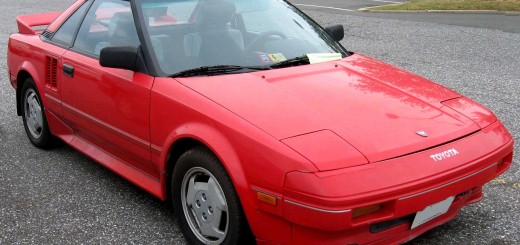ere’s a write-up that I’ve been meaning to get to for a while now.
Every car has different seat mounting locations. Therefore aftermarket seat manufacturers must sell brackets specific to the car. Sometimes this is included in the price, other times not. And almost always these brackets do not contain the sliders for adjusting the seats. These sliders are an even additional cost. The good news about this is that the stock MR2 seat brackets/sliders can be reused. It just takes a bit of work, and $5 worth of metal from Home Depot.
This writeup shows you how to do this using a set of Sparco Torino II’s. Just a bit of info about these seats if you are interested. These are a great comprimise between full on race seats and comfortable seats. They recline & include nice padding to make long trips or daily driving comfortable, while adding lots of support and side bolsters for more spirited driving. They are a bit on the heavy side though, especially once the mr2 sliders/brackets are added.
1) First of all detach the sliders from the stock seats. I purchased a spare set, so as not to destroy my stock seats. Sorry no pics of this step, but it’s straightforward. Here’s what you should end up with.
2) Now, use your favorite cut-off tool (Dremel) to remove all the unnecessary bits. The below picture shows what is safe to remove by the red lines. Do NOT remove what is circled in green. This is the mechanism for the slider adjuster.
3) Here’s pics of the progress. A good set of drill bits is nice to have to drill out these rivets. Again, do not remove anything marked in green.
I didn’t realize before I started priming that I could also remove this other set of teeth. The red circles mark the welds to be drilled out. Make sure you are removing the teeth from the rail WITHOUT the handle.
4) Once stripping all the now useless bits test fit the rails into the car.
5) Measure the lengths needed for the flat bar to go across the rails. I used 3/8″ steel that I purchased at Home Depot. You can now cut the lengths of the bar. Cutting a bit long wouldn’t hurt.
6) Make a template for the bolt locations on the new seat. Here’s pic of template I used. Use this template to figure out where to drill holes in the flat bar. Since the MR2’s steering wheel is shifted about one or two inches toward the center console, I tried to push the seat as far toward the console as possible. This took some test fitting of the seat in the vehicle.
7) Drill the holes in the bar and temporarily mount to the seat.
8) Now, fit the seat into the car to mark wear the bar should be welded to the rails. This is a bit cumbersome since there’s not much room (much less light) under there to work.
9) Tack weld the bars to the rails and do another test fit. Making sure the seat slides smoothly front to back. And to make sure its not crooked. Make any adjustments to the bar locations as needed. Then get to welding the bars permanently to the rails.
10) Grind the welds pretty and primer everything.
Painted black.
11) Fitted to the seat (pic is prior to paint of course). Use some threadlocker on the bolts into the seat. These are a pain to get to when the seat is installed in the car, so you don’t want these coming loose.
12) Installed and repeat for the other seat.
This documentation in no way replaces the Toyota MR2 Repair Manuals. The purpose of this content is only to provide supplementary information to fellow MR2 enthusiasts. Midship Runabout and its contributing authors will not be held responsible for any injury or damages that may occur as the result of practicing any of the methods or procedures described within this website. Article and photo submissions are property of the contributing author.


























